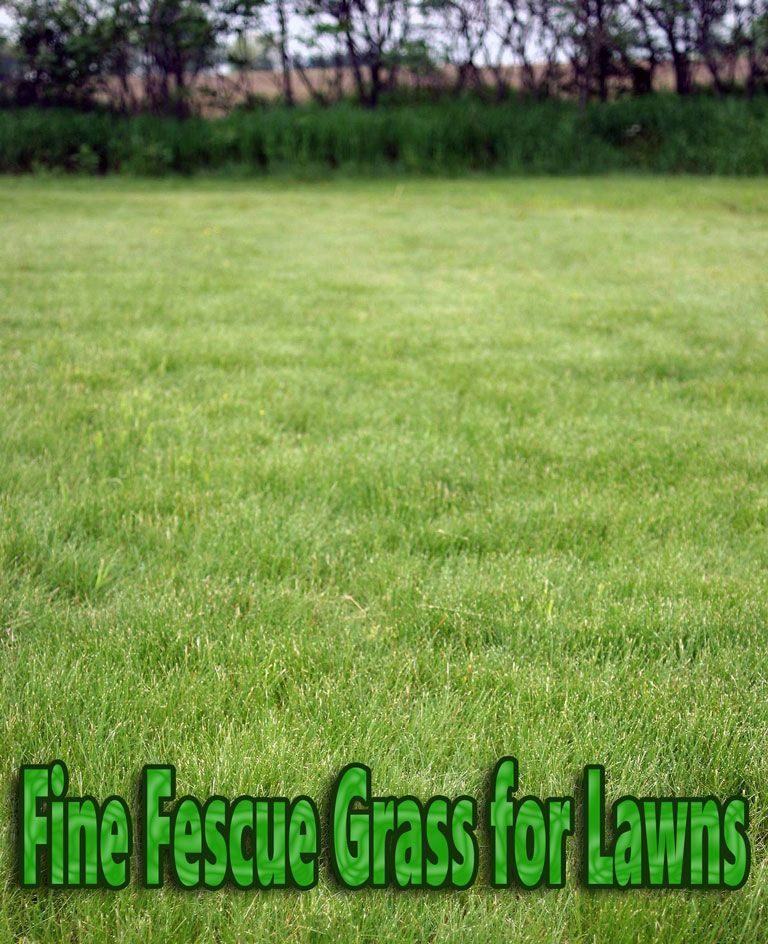How To Grow Fescue Grass In The Summer

Never remove more than 13 of the grass blade in any one cutting.
How to grow fescue grass in the summer. Through July we have had many days near or above 90 and many nights where the temperature didnt drop below 70. In the heat of summer let the tall fescue grow a bit taller -- about 4 inches tall according to the. Once they are given time to grow most fescue lawns can be mowed when the grass is at four inches.
Tall fescue germinates best when soil temperatures near 60 to 65 degrees Fahrenheit. Ideally the fine fescue grass blade should be kept around 2 3 inches long. Any night when temperatures are above 70 is a night that fescue has a hard time repairing itself to withstand the next days stressors.
Growing Your Fescue Grass. It is best not to fertilize fescue lawns during the summer months. Water weekly during hot summer months to keep it green and growing.
Theyll turn somewhat brown and will almost stop growing until the weather cools. Blue fescue prefers cool summers but does fine in moderately warm conditions but blistering heat and high humidity will cause the foliage to die back and may shorten the lifespan of this already short-lived perennial. Cut the fescue grass back using a mower so that the grass is to the ground and allow it.
In areas with hot summers fescue lawns can be allowed to go dormant during the hottest season. Apply no more than 5 pounds of actual nitrogen per 1000 square feet. Prolonged dry periods can interfere with lawn growth and mowing.
When mowing the fescue or. As cool-season grasses tall fescues establish best during late summer to early fall when cool weather supports vigorous growth. They flourish in the heat of the summer but slow down or go dormant during cooler winter weather.

Water weekly during hot summer months to keep it green and growing.
How to grow fescue grass in the summer. Cut the fescue grass back using a mower so that the grass is to the ground and allow it. Fertilize your fescue lawn again in early September. Any night when temperatures are above 70 is a night that fescue has a hard time repairing itself to withstand the next days stressors.
Ensure that your mower is at its highest setting when youre mowing your tall fescue summer lawn. Growing Your Fescue Grass. Once they are given time to grow most fescue lawns can be mowed when the grass is at four inches.
Water your fescue lawn with 15 inches of water per week. The root system is limited in its uptake ability and there is no need to stimulate a stressed plant which does not want to grow under adverse climatic conditions. Blue fescue prefers cool summers but does fine in moderately warm conditions but blistering heat and high humidity will cause the foliage to die back and may shorten the lifespan of this already short-lived perennial.
Mow the lawn every 2 weeks. Clint says fescue should be irrigated to avoid wilting in summer but only to supplement natural rainfall not to exceed one inch per week. In areas with hot summers fescue lawns can be allowed to go dormant during the hottest season.
Tall fescue grass a popular cool-season grass doesnt require much water or fertilizer but grows best when a fertilizer with high nitrogen content such as 29-0-5 is added. Ideally you should mow tall fescue at 3 ½ to 4 inches. MowingPlanted fescue seeds need a few weeks to mature before being mowed.
Apply no more than 5 pounds of actual nitrogen per 1000 square feet. Prolonged dry periods can interfere with lawn growth and mowing. One cool-season grass tall fescue stays green in the winter but can tolerate a hot summer.

Mow the lawn every 2 weeks.
How to grow fescue grass in the summer. Additionally mow only when necessary. When mowing the fescue or. Start with a high quality grass seed showing resistance to disease heat and drought in National Turfgrass Evaluation Program NTEP testing.
Tall fescue germinates best when soil temperatures near 60 to 65 degrees Fahrenheit. Theyll turn somewhat brown and will almost stop growing until the weather cools. Once they are given time to grow most fescue lawns can be mowed when the grass is at four inches.
Growing Your Fescue Grass. Cut the fescue grass back using a mower so that the grass is to the ground and allow it. In the heat of summer let the tall fescue grow a bit taller -- about 4 inches tall according to the.
In areas with hot summers fescue lawns can be allowed to go dormant during the hottest season. Water your fescue lawn with 15 inches of water per week. MowingPlanted fescue seeds need a few weeks to mature before being mowed.
The most appropriate grasses to grow in hot areas with full sun in the summer are called warm-season grasses. Ideally you should mow tall fescue at 3 ½ to 4 inches. Tall fescue grass a popular cool-season grass doesnt require much water or fertilizer but grows best when a fertilizer with high nitrogen content such as 29-0-5 is added.
They flourish in the heat of the summer but slow down or go dormant during cooler winter weather. Cool-season grasses grow most actively when the air temperatures are between 50 and 80 degrees F the soil temperature is 50 to 65 degree F and rain is plentiful. Short periods of drought will stunt but not kill the plant.









